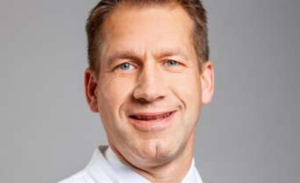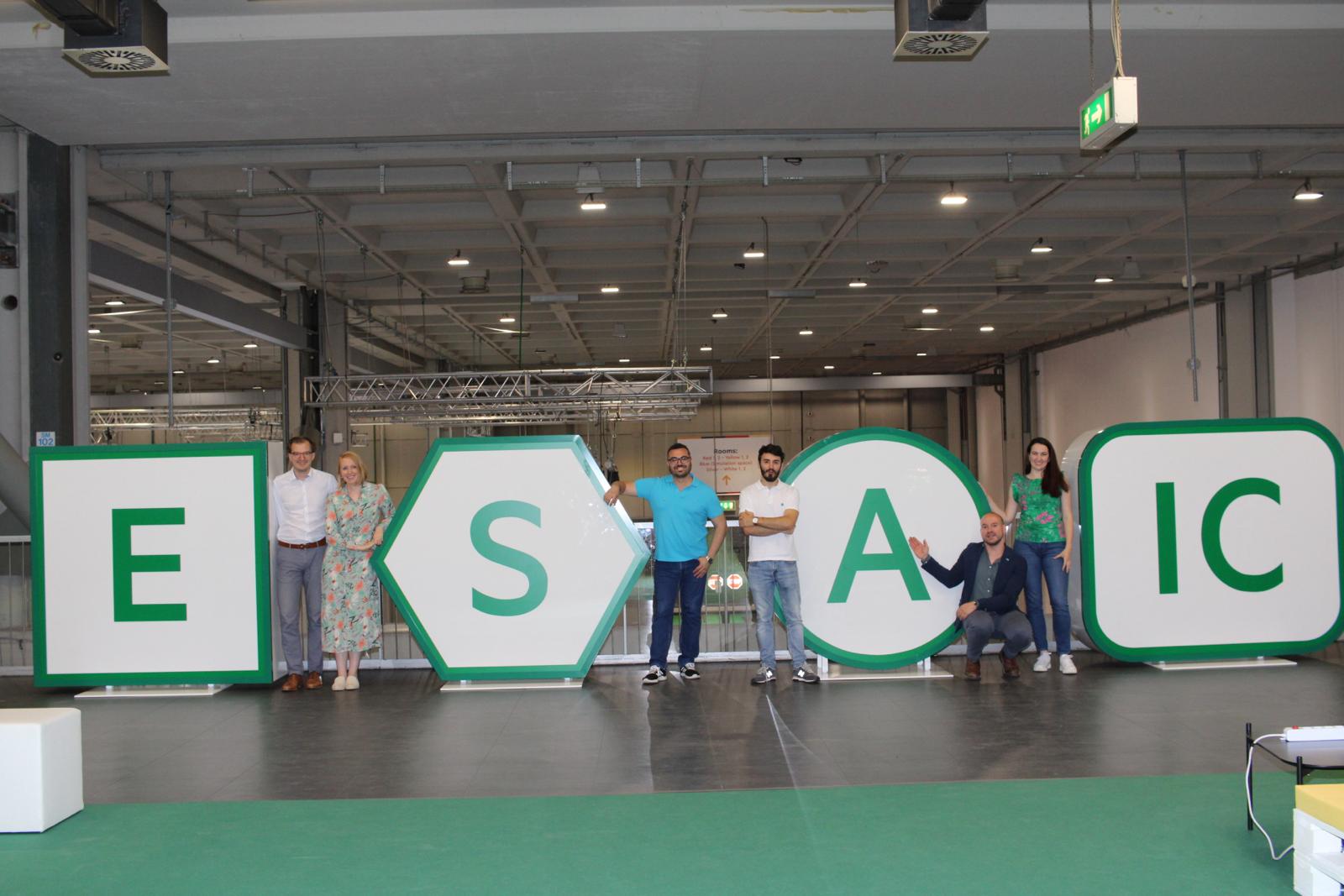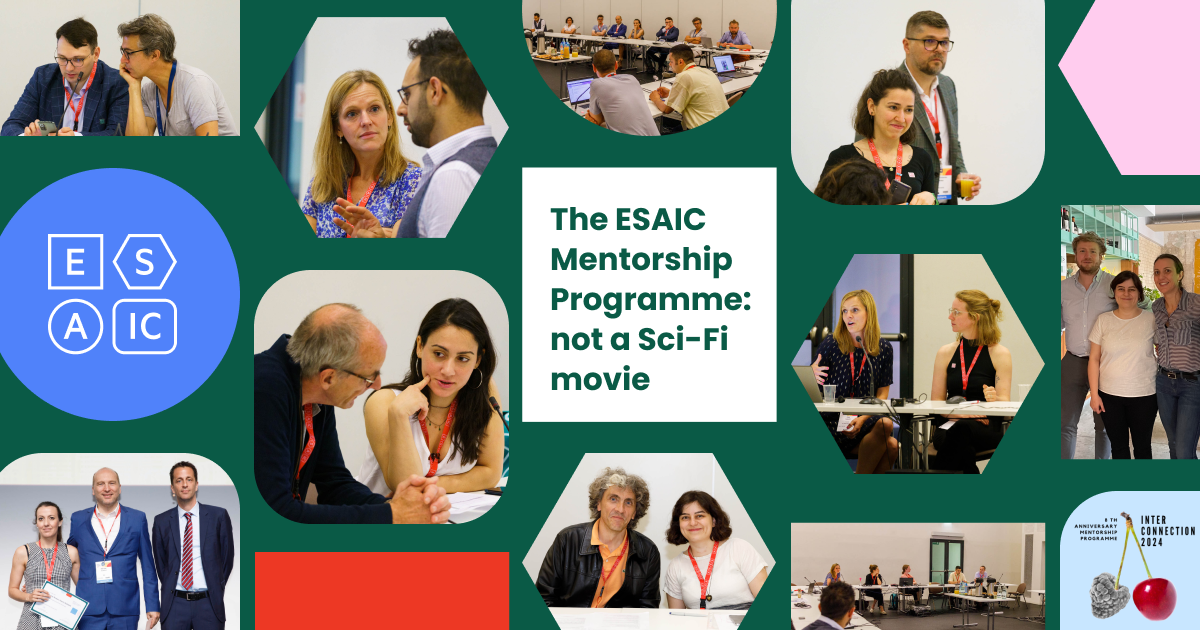ESAIC News
EA20 Newsletter: Welcome from ESAIC President – Prof Kai Zacharowski
The new president of the newly renamed European Society of Anaesthesiology and Intensive Care (ESAIC), Prof Kai Zacharowski, warmly welcomes all delegates to this online version of Euroanaesthesia 2020, being held much later this year after COVID-19 caused the postponement of our original meeting in Barcelona.
Kai is Director of the Department of Anaesthesiology, Intensive Care Medicine & Pain Therapy, University Hospital Frankfurt, Germany, and is an intensive care specialist. Here, he talks to us about the challenges of the COVID-19 pandemic, and also why the society has been renamed.
Q: Welcome to this very different Euroanaesthesia 2020 Kai. As usual, delegates will be joining us from all over the world, but this year from their homes. How difficult has it been to transition to an all online congress this year?
A: This has definitely been a year full of new challenges and unexpected changes. Making the decision to transition our congress from a physical event to a virtual one did not come lightly, but we, the Board, knew that in the end, it was still incredibly important to still make the science and knowledge found in our scientific programme available. And to have it accessible in a way that makes sense for our community – a community of people in the frontlines of the pandemic. The best option was something that didn’t require travel (so we could stay close to home and our hospitals where we are needed most), and that could be accessible anytime, so that our attendees can follow the sessions at a time that works for them.
An online congress is a completely different event when it comes to planning and executing, and I thank our leadership, faculty, and staff in the headquarters for contributing to the congress. Knowing what a difficult and complex time we are currently in, I appreciate even more their willingness to contribute to Euroanaesthesia. Their commitment and involvement are crucial to the success of the congress and we could not do all that we do, and Euroanaesthesia would not be what it is, without our volunteers, faculty, and staff.
Q: How did you first become involved with ESAIC (formerly ESA), have you performed many roles for the society?
A: I have not counted the years, but I had attended many Euroanaesthesia congresses before I took my first official role in what was the ESA. I was elected to the Council twice. As the former President of the Multiple Joint Committee of Intensive Care Medicine of the UEMS, I was for years in very close contact with the Board and Council. I was also presenting in Germany in some of our National Anaesthesiologists Societies Committee (NASC) events.
Q: What are some of the aims you would like to achieve as President of ESAIC?
A: When I went for the race to become President, I promised 3 major goals:
1) Increasing the visibility of Intensive Care Medicine (you can judge for yourself from our new name!)
2) Big data (we were just successful within the European Commission’s Horizon 2020 program and have been granted 5.77 million Euros with the project ENVISION). We have 19 partners from 13 different European countries in this consortium, all are anaesthesiologists/intensivists!
3) To promote more patient safety, especially patient blood management (PBM). We founded the European PBM network back at Euroanaesthesia 2016 in London and are now working on more guidelines for anaesthesiologists/intensivists.
Q: Germany has done relatively well in terms of COVID-19 cases and deaths, although it is experiencing a new surge of cases along with the rest of Europe. How have things been in your own hospital in Frankfurt?
A: Our University Hospital has almost 1600 beds, and we are a “level 1” centre for the treatment of COVID-19. In Frankfurt, as an international melting pot, we were caring for the 4th highest number of patients in Germany. My team of anaesthesiologist/intensivists did a fantastic job for caring for the sickest COVID-19 patients. In peak times we were also running 6 ECMOs in parallel.
Q: It appears that we will soon have safe and effective vaccines for distribution. How quickly do you think we might be able to return to something like a normal life?
A: The word quick is unfortunately misleading as the vaccine has to be given twice, and treatment might not be successful in up to 10% of the cases. In addition, we will experience more and more groups of people who do not want to be vaccinated (some politicians estimate up to 30% of a population). The year 2021 will be challenging, but I am extremely positive with regards to coping well with the pandemic in autumn next year.
Q: This year, the society has been renamed as the European Society of Anaesthesiology and Intensive Care (ESAIC). Tell us why you thought this name change was needed?
A: This is a challenging time to be in healthcare and especially in the profession we have chosen. Now is the time to recognise our members and greater community and incorporate Intensive Care into the society’s name. Anaesthesiologists are leading 70% of intensive care units in Europe.
And during this pandemic, even more anaesthesiologists are involved in the treatment of critically ill COVID-19 patients (as seen in such highly affected countries such as Italy and Spain).
ESAIC has a proven record of intensive care medicine as a part of our activities, education, examination, and research, and it is a significant speciality in our community. The addition of intensive care to the name of our society is imperative as we work together to end the COVID-19 pandemic and to unite our global community.
Q: To reflect the COVID emergency, ESAIC has dedicated many sessions at this year’s congress to this topic. However, as usual, we have a rich blend of sessions from all areas of anaesthesiology, intensive care, pain, and patient safety. Will you be able to view many sessions yourself this year?
A: This year there are 160 sessions, exploring all the fields of anaesthesiology and intensive care. I will certainly try to watch as many as I can live, even if all the content can be watched immediately and OnDemand after the congress as well.
While we have too many sessions to list, there is something interesting for all our delegates. We also have some very interesting formats this year that I am excited to participate in. I will try not to miss the panel discussions and the pro-con debates on various issues, the sessions on guidelines and the presentations from the new EJA team.
Q: Many of our regular delegates will be thinking about Euroanaesthesia 2021 scheduled for Munich next year. What is the latest news on the plans for next year’s meeting?
A: I am pleased to say that we are working to have a hybrid event for Euroanaesthesia 2021 in Munich. A hybrid meeting simply means a mixture of the two formats – we will have an in-person meeting, but much more limited in size and sessions offered, complimented with a robust online programme. The two types of meeting will allow for us to have the same amount of content, but accessible in different ways. This also means a bit of a return to our hands-on activities and networking opportunities.
Normally Euroanaesthesia 2021 would have been in the spring, but we have also decided to push the dates back to December 2021. Further announcements will be made in due course, and we invite you all to Munich next year for a very special edition of Euroanaesthesia!
Thank you Kai, and we hope you enjoy this first-ever online Euroanaesthesia.
Read More of our special newsletter covering our virtual congress
Visit our COVID-19 Resource Hub for other news and resources.











